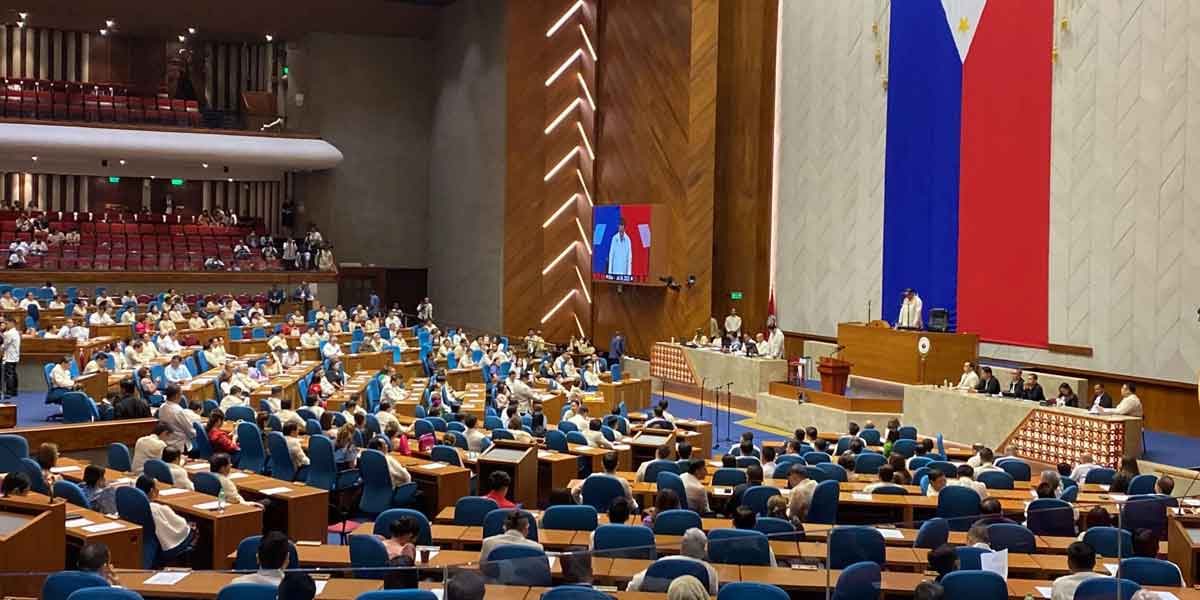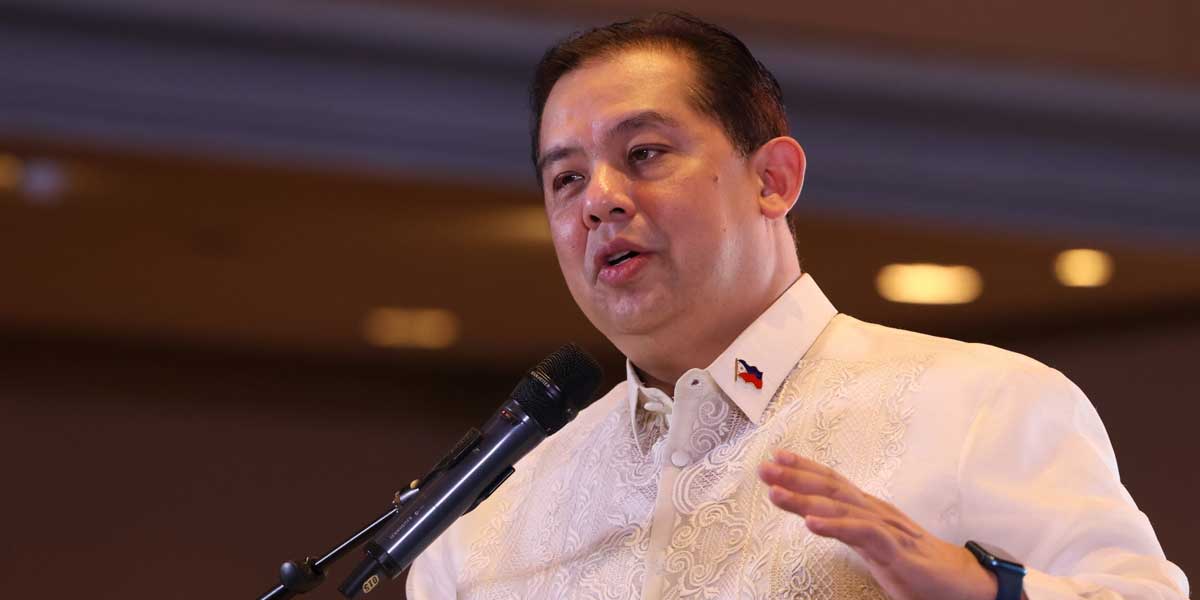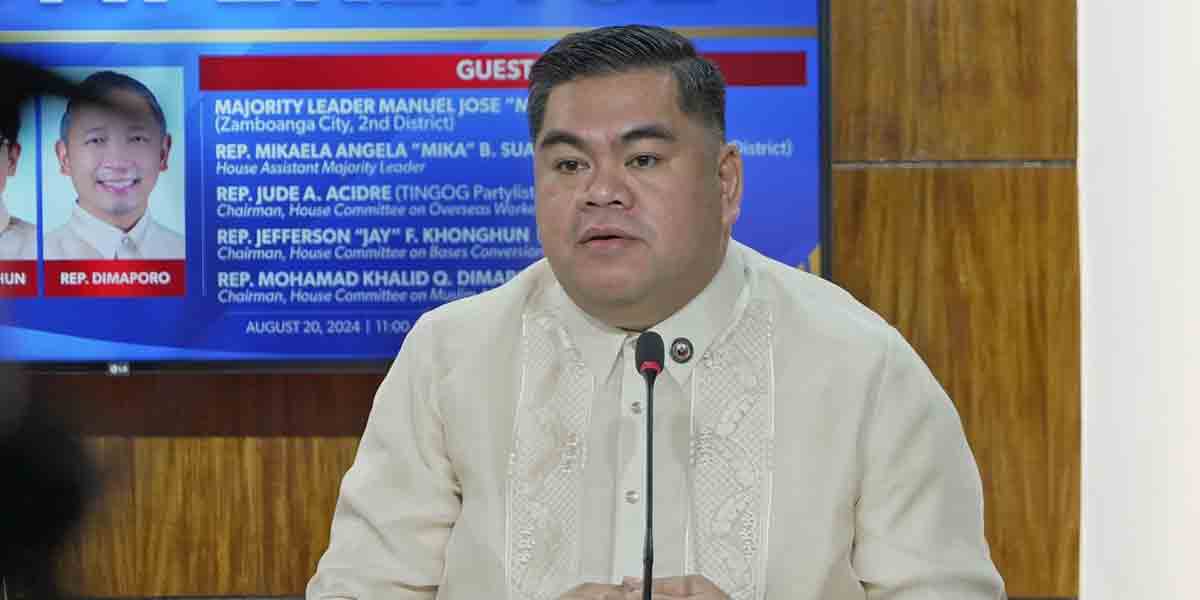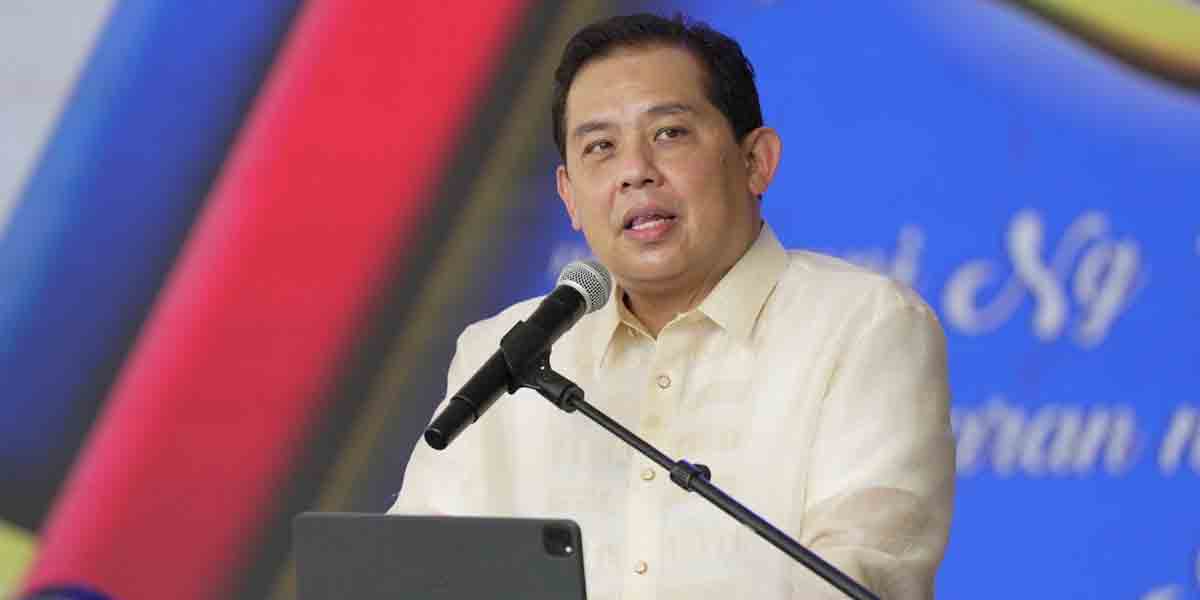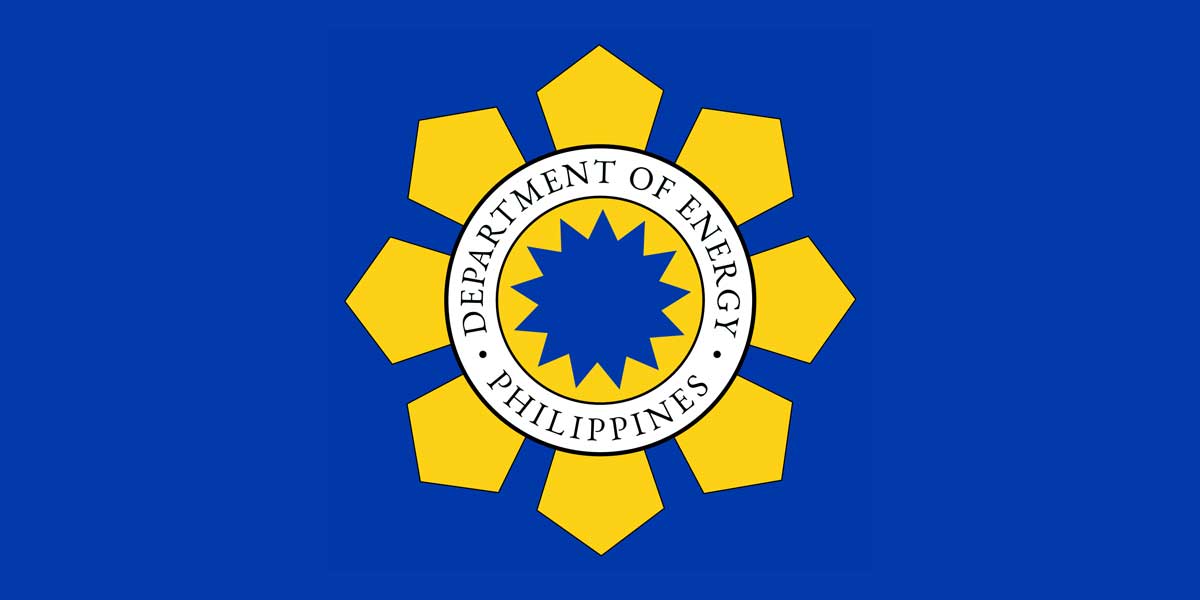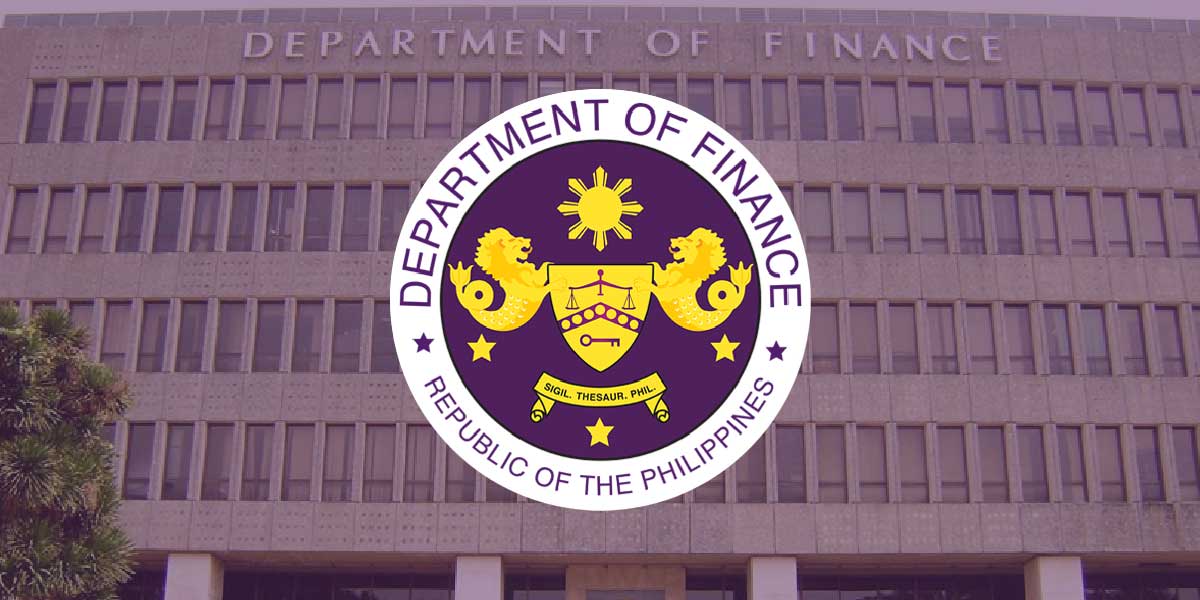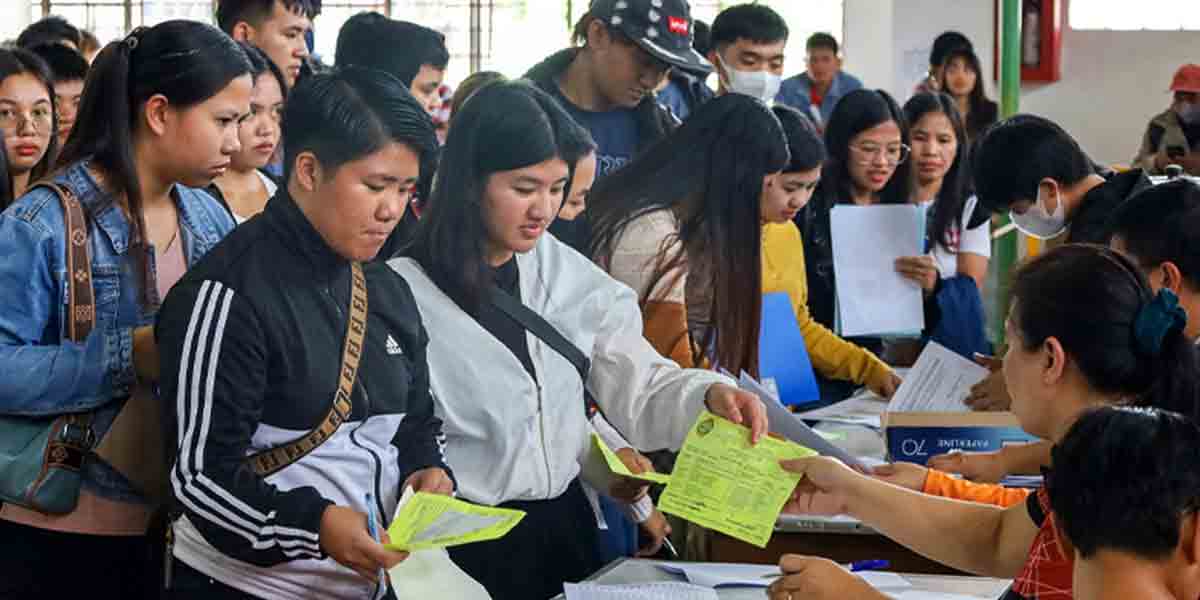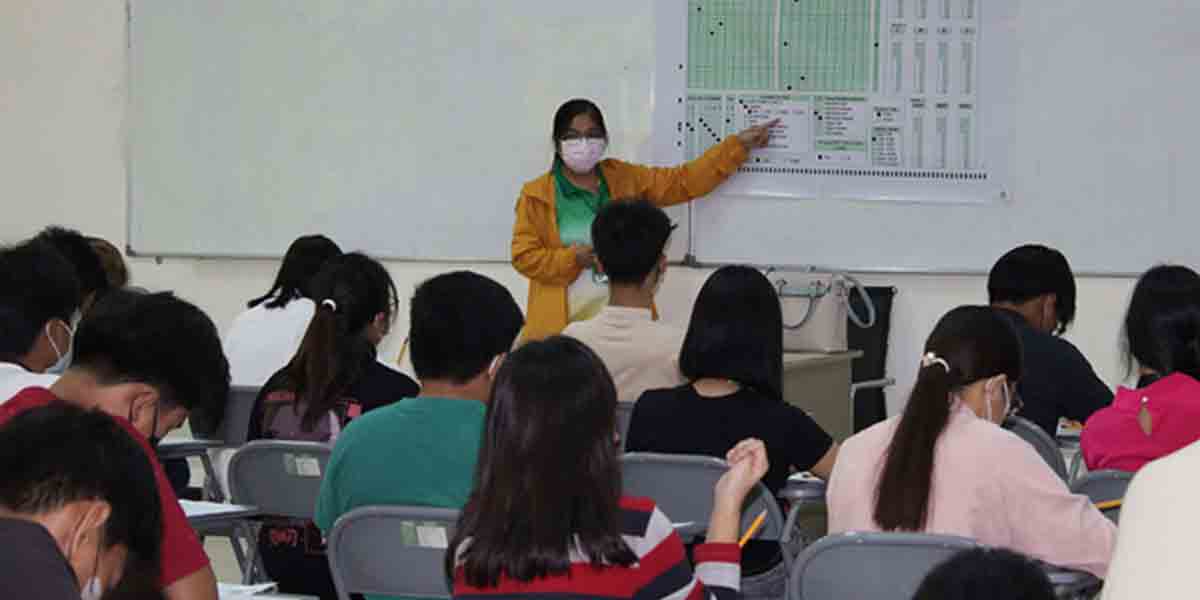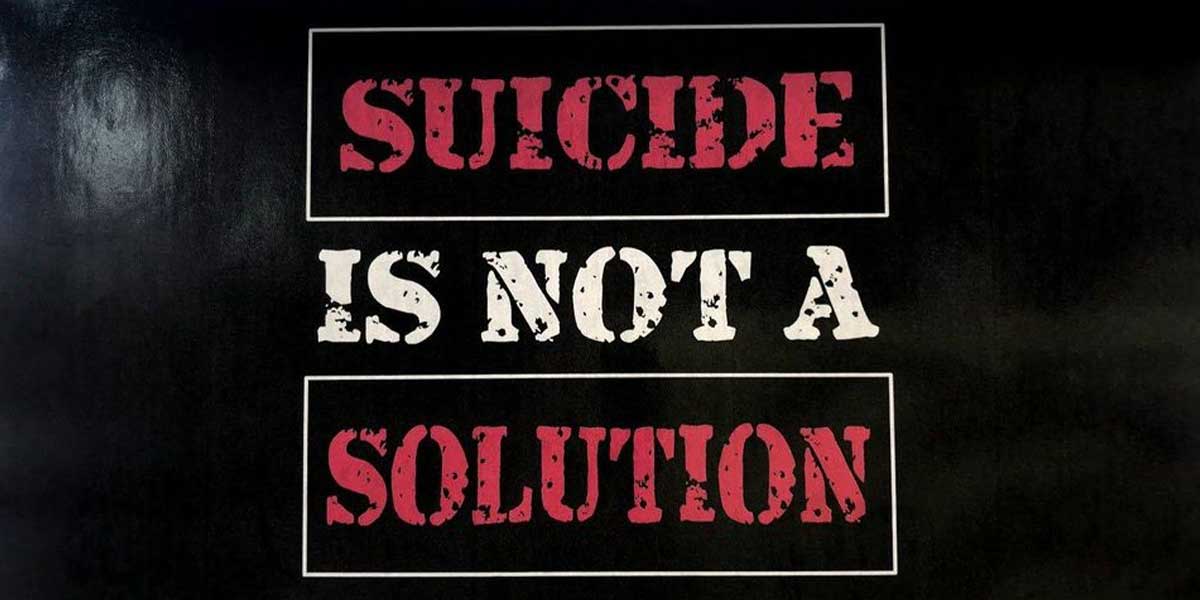Fitch Ratings on Thursday affirmed the Philippines’ credit rating of “BBB,” which is a notch above minimum investment grade, citing economic gains that demonstrate sustained recovery from the COVID-19 crisis.
The Philippines has maintained the same rating from Fitch (as with the ratings of other debt watchers) throughout the pandemic, despite a wave of rating downgrades for many other countries during the same period.
“[Philippine economic recovery] should be supported by a pick-up in vaccination rates (92% of 54 million target individuals had been fully vaccinated as of December 2021), falling Covid-19 infection numbers, normalised economic activity – particularly in services – after tight containment measures in 2020 and part of 2021. The fiscal and monetary policy response, strong infrastructure spending and resilient remittances and exports is also boosting the recovery.”
Fitch’s rating affirmation followed the Philippine government’s announcement in January 2022 that the economy expanded by 7.7 percent in Q4 2021 on the back of renewed growth in consumption and investments. The strong growth in the last quarter of 2021 brought full-year GDP growth to 5.6 percent, exceeding the target range of 5.0 to 5.5 percent and reversing the recession in 2020.
At the same time, however, Fitch kept the outlook on the BBB rating at “negative”.
Risk factors cited by Fitch included the fiscal cost of the government’s COVID-19 response, the challenges arising from the unwinding of stimulus measures, and post-election uncertainty, particularly on the continuity of fiscal and economic policies.
However, the debt watcher was also of the view that the country’s fundamental policy strategies will continue, given the decades-long track record of sound economic performance.
In response to this assessment, two of the country’s top economic officials cited favorable prospects for the Philippines for this year and over the medium term following the better-than-expected growth in 2021 and the structural reforms implemented over the past six years.
Finance Secretary Carlos Dominguez said: “The government has accommodated the huge cost of COVID-19 crisis response to help vulnerable sectors survive and recover from the crisis, largely because of President Duterte’s comprehensive tax reform program and his policy of prudent fiscal management and discipline. But we are also mindful not to pass on to future generations unsustainable debt. Estimated to have reached around 54 percent of GDP in 2021, the general government’s debt remains manageable, and we expect this to remain at around the same level this year and the next.”
Fitch cited that the general government debt-to-GDP ratio of the Philippines is still below that of its peer median.
Moreover, Secretary Dominguez said that, “Considering the years of fiscal prudence, the rise in debt because of the pandemic did not prevent the country from having a favorable debt structure and ample access to low-cost funding.”
Fitch estimates general government interest payments as a share of general government revenues at 9.0 percent in 2021.
“Moreover, the Congress’ recent passage of game-changing economic reforms—namely the amendments to the Foreign Investments Act (FIA), Retail Trade Liberalization Act (RTLA) and Public Service Act (PSA), which are meant to further open the economy to foreign investment—is a strong indication that the economic reform momentum will continue beyond the current administration. These reforms will help the Philippines return soon enough to its rapid economic growth and support faster fiscal consolidation,” he added.
He noted that “the Philippines’ long track record of pursuing structural reforms through successive political administrations has led to the country’s solid macroeconomic fundamentals, which, in turn, have led to significant development and financial inclusion outcomes.”
Secretary Dominguez also pointed out that, “the deep bench of technocrats who have helped steer economic policies will be staying beyond June 2022 and would help ensure the continued pursuit of structural reforms. These, in turn, will help the Philippines sail through its next stage of economic development as we expect the Philippines to transition from lower-middle-income to upper-middle-income status this year.”
For his part, Bangko Sentral ng Pilipinas Governor Benjamin E. Diokno said price and financial stability will help sustain Philippine economic recovery and growth. “Besides improvement in the COVID situation amid rising vaccination rates, we also see that rising credit activities and a favorable inflation outlook will support growth moving forward.”
“The Philippine banking system has kept the impact of the crisis manageable. Philippine banks continue to serve the rising demand for credit. We also expect inflation to stay well within the target range of 2.0 to 4.0 percent this year up to 2024, which will provide an enabling environment for consumption and investments,” Diokno added.
Meantime, Fitch expects the Philippine economy’s growth to accelerate. From last year’s 5.6 percent, Fitch sees the country’s gross domestic product growing by 6.9 percent this year and 7.0 percent next year.

